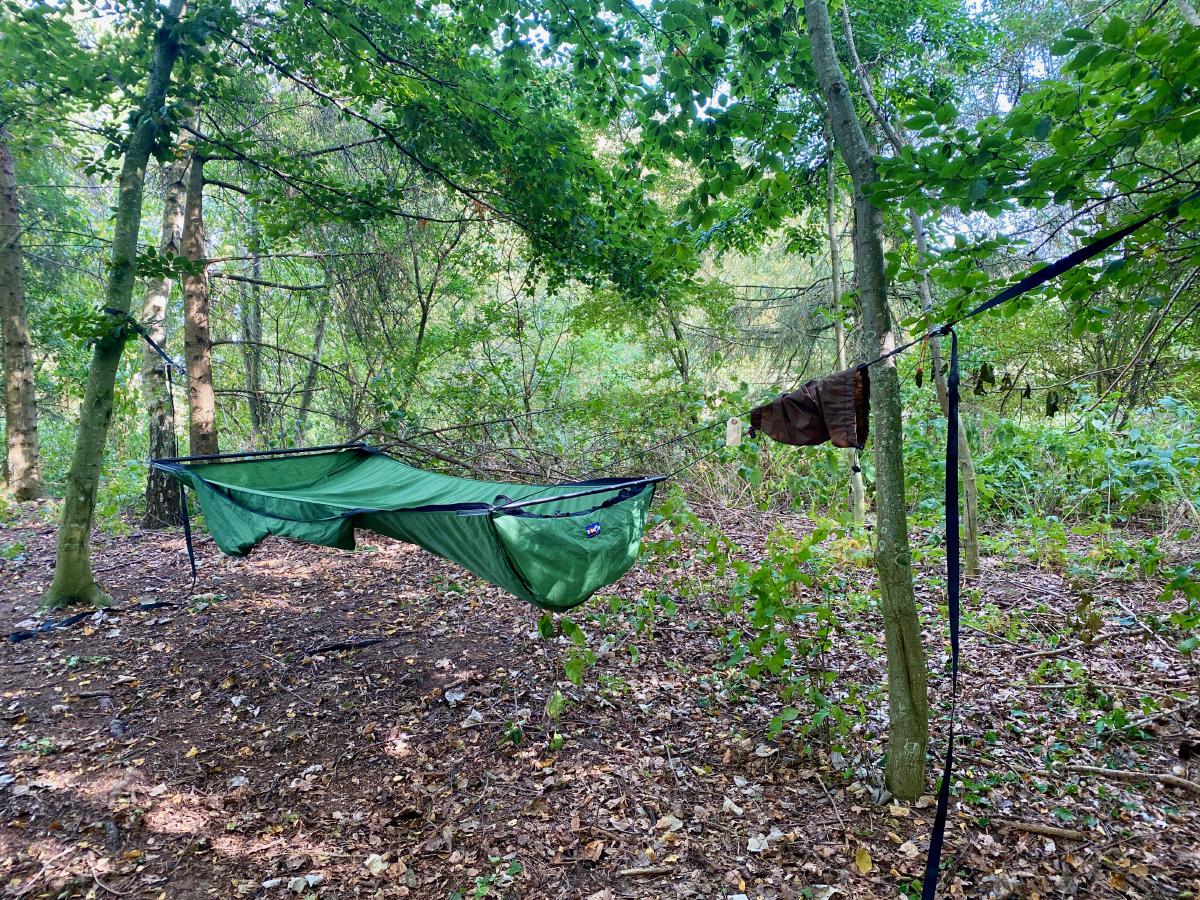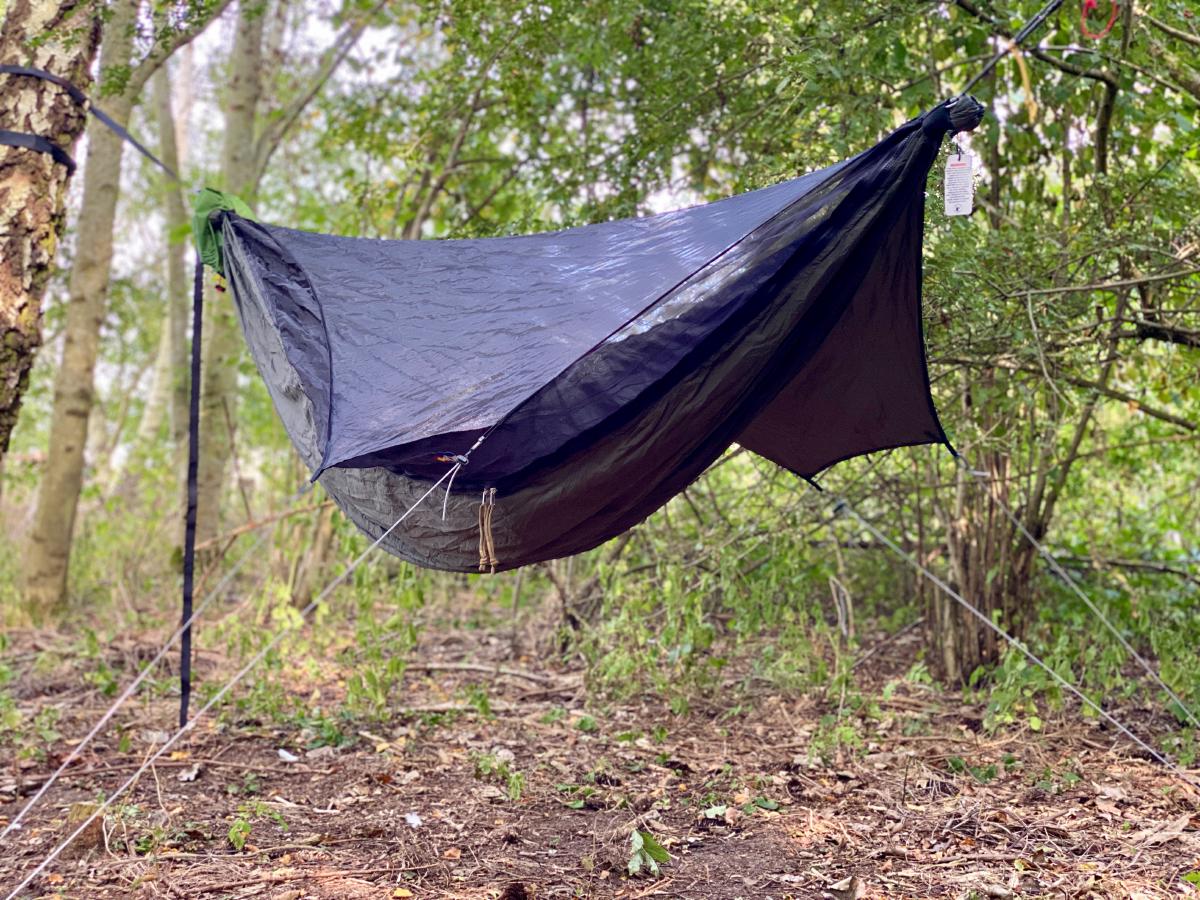Responsive Images and Lightbox with Hugo Modules
Read More →
## Set default policies
iptables -P INPUT DROP
iptables -P FOWARD DROP
iptables -P OUTPUT DROP
## Allow traffic to and from the loopback interface
iptables -A INPUT -i lo -j ACCEPT
iptables -A OUTPUT -o lo -j ACCEPT
## Allow outbound connections
iptables -A INPUT -m state --state ESTABLISHED,RELATED -j ACCEPT
iptables -A OUTPUT -m state --state NEW,ESTABLISHED,RELATED -j ACCEPT
## Allow others to ping this machine
iptables -A INPUT -p icmp --icmp-type 8 -m state --state NEW,ESTABLISHED,RELATED -j ACCEPT
## Ratelimit incomming SSH connections
iptables -A INPUT -p tcp --dport ssh -m state --state NEW -m recent --update --seconds 60 --hitcount 4 -j DROP
iptabes -A INPUT -p tcp --dport ssh -m state --state NEW -m recent --set
iptables -A INPUT -p tcp --dport ssh -m state --state NEW -j ACCEPT
## Save rules on Debian/Ubuntu
apt install iptables-persistent
netfilter-persistent save
## Save rules on RHEL
chkconfig iptables on
service iptables saveI recently needed to create a new site to site VPN, but there was a few challenges to this. First of all the router of the new site is behind NAT and it would be moved to other physical locations everynow and then. I needed something that works both behind NAT and initiates the connection, that’s when I started to think about wireguard. I have used wireguard in the past, so it wasn’t exactly new to me.
curl -O https://test.example.com/madplan.json
curl -O -L http://test.example.com/madplan.json # Follows links. In this example the http request will be redirected to https
curl -o test.json https://test.example.com/test.json # Saves the file as test.jsonUsefull when the server is hosting multiple domains
curl -H "host: test.example.com" http://172.16.0.150From the console of Sophos XG.
I recently had an issue with my kube-apiserver restarting all the time, which meant I couldn’t use kubectl. My issue was related to expired certificates, which explains why my issue happened out of the blue.. It turns out the certificates has a 1 year validation period. This shouldn’t be an issue since you’re expected to upgrade your cluster every now and then. This is however not the case for me because my deployed software needs a specific version of kubernetes and docker with helm2 so I’m not able to update my cluster until my software vendor supports a newer kubernetes version.
You can use a Cloudflare Tunnel to securely access your Windows machine remotely.
Start by editing /usr/local/etc/pkg/repos/pfsense.repo and change the first line so it looks like this
FreeBSD: {
url: "pkg+http://pkg.FreeBSD.org/${ABI}/latest",
mirror_type: "srv",
signature_type: "fingerprints",
fingerprints: "/usr/share/keys/pkg",
enabled: yes
}In file custom.env add the following
REACT_APP_PRODUCT_LOGO=/images/branding/my-logo.jpg # Change login logo
REACT_APP_MEETING_BANNER_IMAGE=/images/branding/my-logo.jpg # Change meetings logo
REACT_APP_MEETING_BACKGROUND_IMAGE=/images/branding/my-theme.jpg # Change meetings backgroundThis is just a brief overview of the options I’m using every now and then.
Here’s some configuration examples from a VRRP(Virtual Router Redundancy Protocol) experiment i did. This is used to create a high available DNS resolver with Unbound . I used RHEL 8 as my distribution of choice, but I’m sure this can be used on any RHEL deviate or linux distribution
I have a few CentOS machines that needs to be converted to RHEL and that can be done using the convert2rhel script. However I’m running CentOS 8 Stream, which can’t be converted to RHEL 8, so I have to do a dowgrade to CentOS 8 first.
From the console of Sophos XG.


Warbonnet Ridgerunner with Robens Trace Underquilt


Pizzaer: 10stk af 280g dej
This is how I have setup automatic certificate renewal on my linux Webserver. I’m using Cloudflare as a DNS provider and are using their API Tokens to verify ownership of my domain, when requesting a certificate from Let’s Encrypt
I just upgraded my HCL Sametime community server from 11.5 to 11.6. The upgrade ran successfully, but sametime didn’t load when Domino 11.0.1 FP3 was started.
I tried load staddin from the server console and it showed Sametime: Server startup successful… well that wasn’t the case when i looked at the console on my linux server.
5. Device Management > 3. Advanced Shell
I have created a Compile-Unbound.sh script
Den danske ISP Hiper tilbyder sine DSL og Fiberkunder en /48 (65536 net, så det burde være rigeligt) native IPv6 adresser. Hiper tilbyder også at man kan benytte sin egen router i stedet for den Zyxel router de udleverer. For at bruge sin egen router skal man konfigurere sit WAN interface med VLAN 101 tagged. Se mere her https://www.hiper.dk/bredbaand/fiber
Insert this code into your Nginx server {} block
Sophos recently hosted a webinar with some updates to their version 18 EAP.
Insert this code into your Nginx server {} block

Ingredienserne blandes sammen i den rækkefølge de er nævnt. Det giver en mængde der svarer til 4 pizzaer, men jeg laver kun 3 ud af dem for så kan jeg få nogle større pizzaer end normalt. Jeg lader dejen stå i en skål i stuen og hæve. 2 timer inden pizzaerne skal laves bliver dejen delt op i det antal pizzaer jeg vil lave og får lov at efterhæve på bagepapir i en slukket ovn.
Når jeg laver ribs bruger jeg 3-2-1 metoden. Det går i sin enkelthed ud på at de først får 3 timer på grillen, så 2 timer i folie og så 1 time på grillen igen.
Here’s a bit of python code I have written to help make difficult decisions in life.. :-)